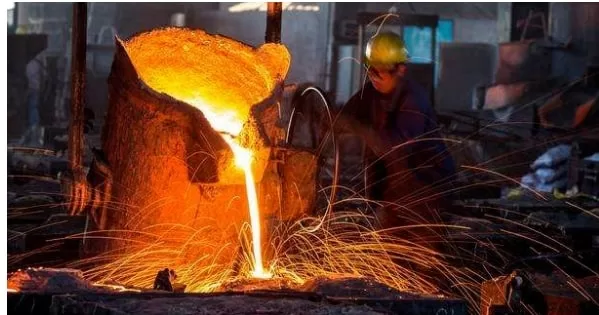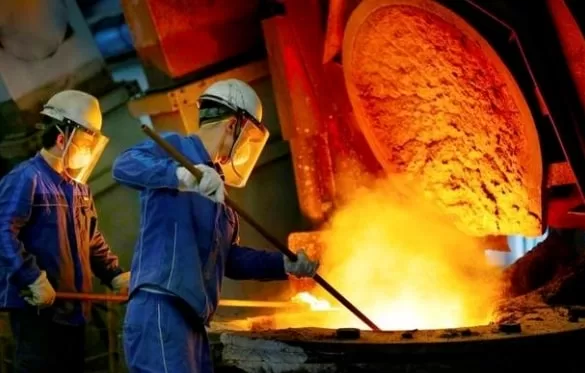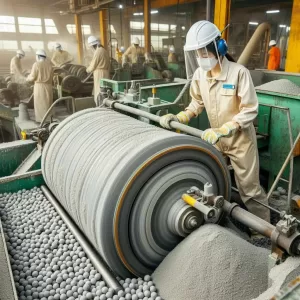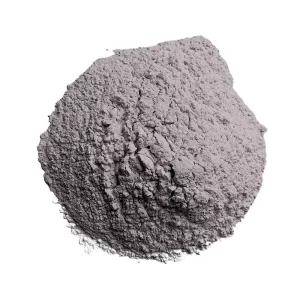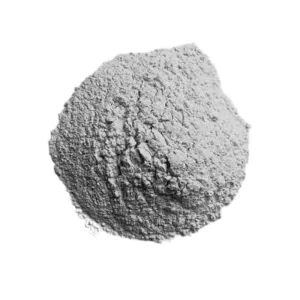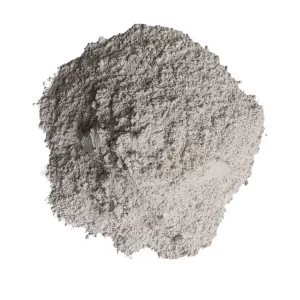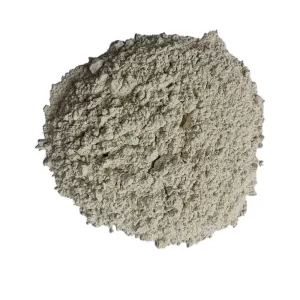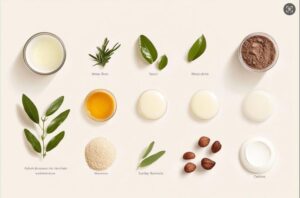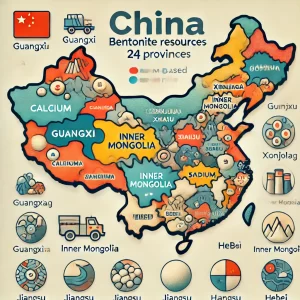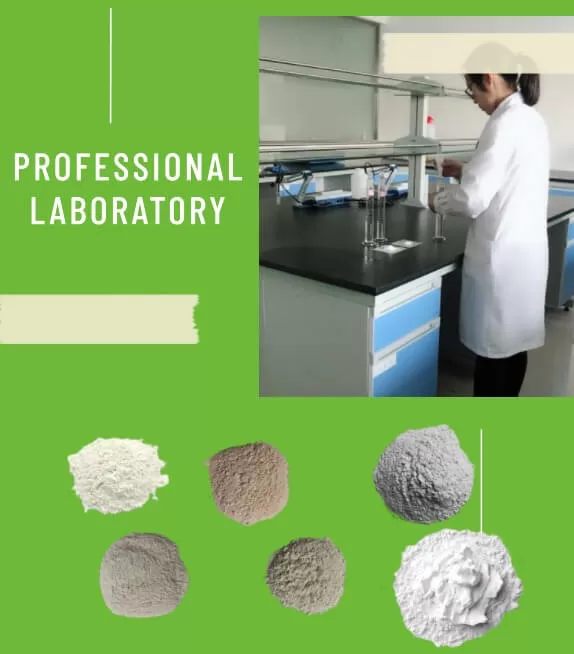Bentonite plays a vital role in clay and sand mixtures, causing significant alterations. Two primary types of prepared bentonite exist: sodium-based bentonite and calcium-sodium bentonite. Sodium bentonite, derived from either natural or artificially manufactured sources, is favoured in the foundry industry for its notable stiffness and high wet compressive strength. Its good plasticity effectively prevents sand entrapment, scarring, shedding, and sand collapse in castings.
Furthermore, sodium bentonite is easily moldable, with high sand strength, making it ideal for both wet and dry mould forging processes in the metal industry and a preferred choice as a sand binder for precision castings. Calcium-sodium bentonite, prepared from natural-based calcium-sodium bentonite, is commonly used as a sand binder for lightweight castings, valued for its practicality and ease of cleaning castings from grit.
Compared to other binders, bentonite demonstrates excellent temperature resistance. By heating to the appropriate temperature, free water in the bentonite is removed while still maintaining a certain bonding capacity. The bonding capacity of bentonite can only be restored with the addition of water, and its loss is also linked to the degree of drying. Three forms of moisture in bentonite are identified: free water (adsorbed on the surface, removable above 100°C), bound water (removed at 110°C, remaining after free water removal), and lattice water (structural water, partially or completely removed under very high conditions).
Different types of bentonite exhibit distinct bonding capacities and temperature tolerances. According to differential thermal analysis results, natural sodium bentonite typically loses effectiveness at 638°C, while calcium bentonite fails at 316°C. The failure temperature for artificial sodium bentonite, influenced by activation standards, generally tends to be lower than that of natural sodium bentonite. In clay sand, two types of bentonite exist high-quality bentonite and inactivated bentonite. A higher content of inactivated bentonite leads to poorer clay sand properties.
When sodium bentonite is heated below 600°C, its bonding ability remains unaffected. However, at temperatures exceeding 600°C, its bonding ability dramatically decreases. Once heated above 700°C, sodium bentonite almost completely loses its bonding capacity. In contrast, calcium bentonite gradually loses its bonding ability starting at temperatures above 100°C, with increased heating further weakening bonding strength. Sodium bentonite’s ability to withstand high temperatures is poor initially, with the failure temperature only slightly lower than natural sodium bentonite; however, after repeated heating, the two performances become similar.
During metal melting for forging, if the sand near the casting surface reaches temperatures above 800°C, some of the bentonite in the sand becomes ineffective, irrespective of the bentonite type used. This ineffective bentonite may adhere to the casting surface or remain in recycled waste sand. The majority of classified sands usually do not reach such high temperatures, except in the production of large castings. The temperature and rate of water of crystallization removal vary among foundries using different bentonites. The amount of bentonite should be minimized, and the higher the content of effective bentonite, the greater the proportion of ineffective bentonite.
Old sand manipulation is crucial. When selecting clay wet sand for forging, most of the wet sand, even after losing effectiveness in the casting-contact portion and becoming cured clay, can be reused. Proper disposal of waste sand is essential to ensure good quality wet sand. To maintain type sand performance stability, it’s necessary to control the old sand temperature below 50°C to avoid hot sand generation. Moisture control in old sand is critical; if too low, it impacts sand mixing quality similarly to high sand temperatures. Lower moisture content requires more time for mixing and grinding with water, affecting overall blended sand quality. The moisture of used sand entering the blender is only slightly lower than the moisture of the blended sand, allowing sufficient time for water to fully penetrate the surface bentonite of the old sand.
For cast iron parts made from wet sand clay, fine-grained type sand is necessary. As the proportion of old sand used in mixing sand is usually over 90%, the old sand determines the grain size of the type of sand. Frequent checks are recommended for the grain size of old sand, keeping the content of hygroscopic fines between 2% and 5%. Moisture-absorbing fines may include clay that has lost its moisture-absorbing function, along with fine powders like coked coal dust and fine sand.
To increase the market share of bentonite, an appropriate amount of bentonite must be added during the sand mixing process. The composition of bentonite manufacturer is typically measured by the methylene blue method, and the measured amount is known as the proper bentonite content.
For fresh sand dosage, controlling the amount of sand when using new sand is crucial to maintaining stable total sand levels in the system. In our country’s rolling mills, relatively large amounts of sand are used, with new sand usage ranging from about 5% to 8%. Factors such as equipment specifications and core sand input amount need consideration to determine the appropriate amount of new sand to use.
Determining the total amount of pulverized coal to be added should be based on measurements of the effective pulverized coal content of the old sand. For sands containing clay and wet sand, the amount of pulverized coal should be controlled between 3.5% and 5.5%. The total amount of added pulverized coal should be determined by the casting’s characteristics and the quality of the pulverized coal.
Sand mixing is crucial to evenly mix clay and sand for proper bentonite penetration and the formation of a reasonable bonding paste on the sand grain surface. A large energy input is required to achieve the desired characteristics of moulding equipment during sand mixing. It’s important to choose the proper feeding sequence to reduce the amount of energy required. When mixing old sand, an alternative approach is to mix sand and water first before adding bentonite, dispersing moisture more effectively and creating smaller clay balls that require less energy to open. Using intermittent sand mixers with a brief water run before mixing sand can improve efficiency by cleaning drums and scrapers.
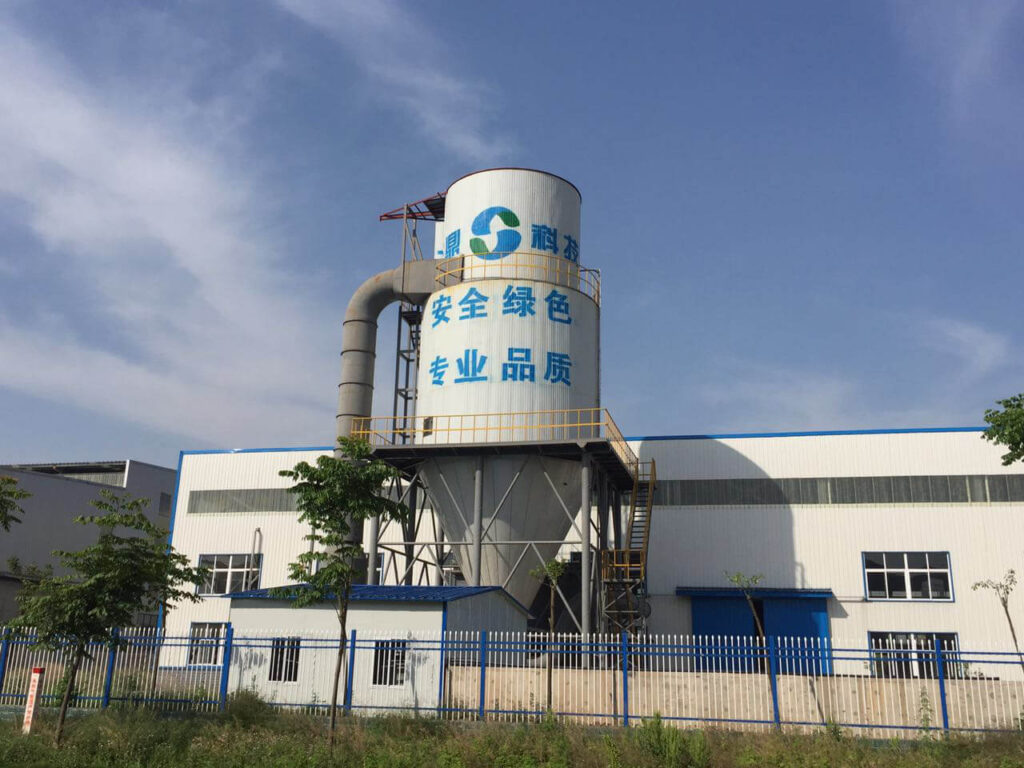
Measures to ensure wet compression strength should align with the chosen moulding method rather than pursuing higher strength, as higher strength requires more energy. Many rolling mills use sand with excessively high strength, leading to potential issues such as poor surface quality and shrinkage defects. Wet tensile strength for some sands suitable for hand or vibratory machine moulding can reach 130~170 kPa.

